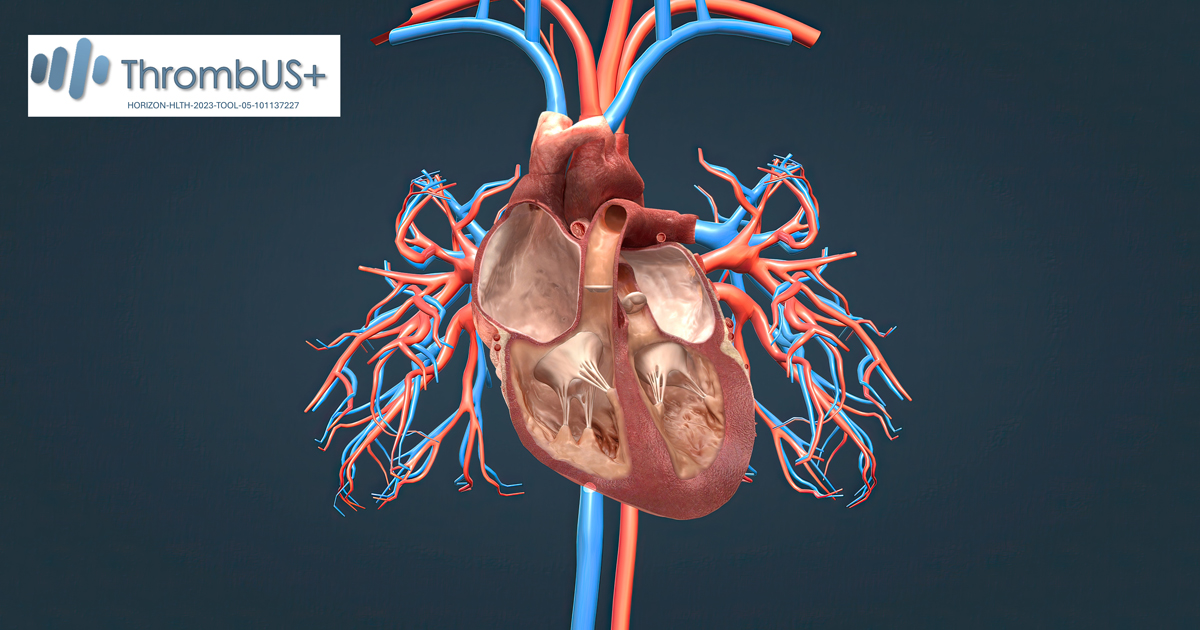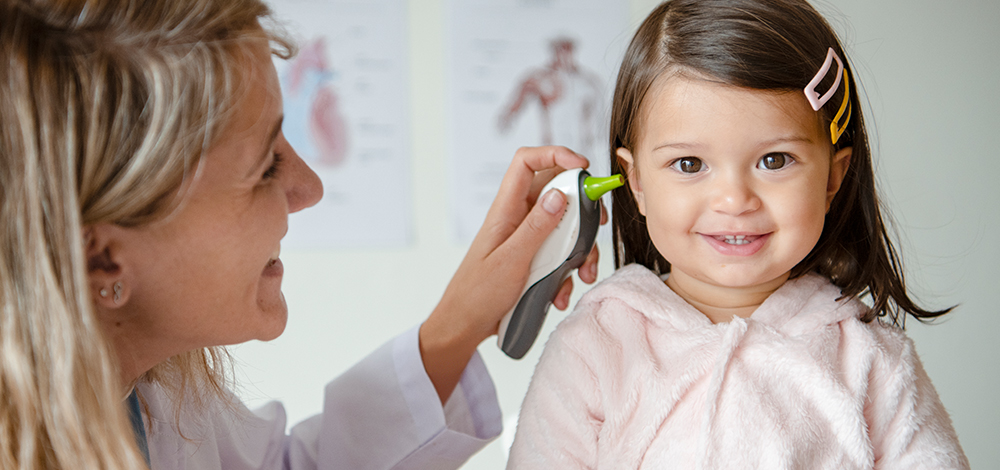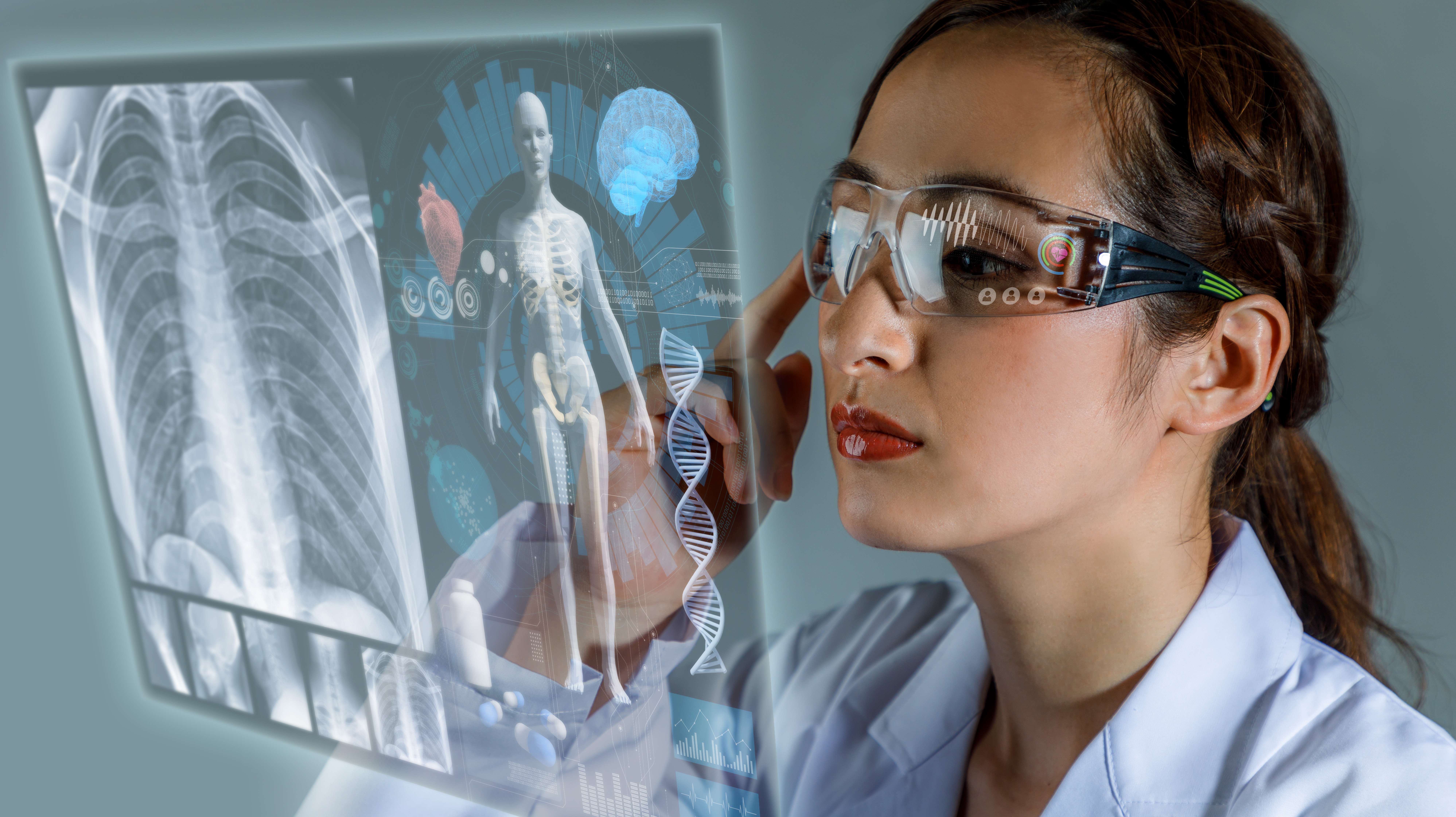Deep vein thrombosis (DVT) and its fatal complication pulmonary embolism afflict millions of people worldwide and are responsible for a large percentage of acute hospitalizations. Deep vein thrombosis (DVT) is the formation of a blood clot within the deep veins, most commonly those of the lower limbs, causing obstruction of blood flow. In 50% of people with DVT, the clot is at some point detached from the vein wall and travels to the lung to cause pulmonary embolism. About 25% of people experiencing pulmonary embolism will die from it, making it the 3 leading cause of cardiovascular death worldwide after stroke and heart attack. Clinical assessment of DVT is notoriously unreliable because up to 2/3 of DVT episodes are clinically silent and patients are symptom free even when pulmonary embolism has developed.
Early diagnosis of DVT is crucial and has been proven to prevent life-threatening complications (pulmonary embolism), minimize the risk of long-term disability (post-thrombotic syndrome, recurrent DVT), improve treatment outcomes, and reduce healthcare costs. ThrombUS+ brings together an interdisciplinary team of industrial, technology, social science and clinical trial experts to develop a novel wearable device for continuous, operator free continuous monitoring in patients with high DVT risk.
Fraunhofer IPMS is developing the ultrasound transducer array for wearable, point of care DVT continuous monitoring together with VERMON. We are focusing on our CMUTs (Capacitive Micromachined Ultrasonic Transducers), which are MEMS-based transducers considered the next generation of medical ultrasound devices. CMUTs can be manufactured at low cost due to high-volume production. Additionally, advantages like miniaturization with high channel numbers, high bandwidth in combination with high sensitivity will help to develop a completely new device.
 Fraunhofer Institute for Photonic Microsystems
Fraunhofer Institute for Photonic Microsystems










